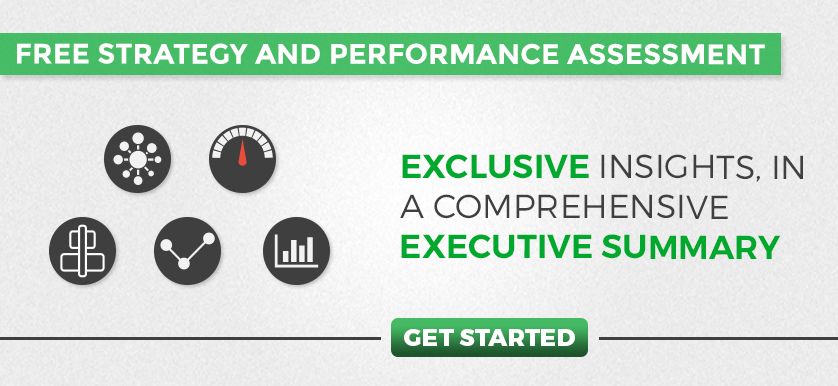Strengths of the Balanced Scorecard Management System

We live in an era where organizations are focusing their efforts on several key pillars, namely on gaining more market share, attracting more customers or making more profit. In other words, organizations try to be more proficient in achieving their goals.
This is when Performance Management kicks in, including sub-processes such as:
- The formulation of a plan;
- Actively monitoring its implementation;
- Readjusting the plan;
- Performance measurement;
- Capability development.
Performance Management Systems integrate all the above-mentioned sub-processes. Artelly explain:
“the performance management system is the heart and soul of the performance-based management process. Flowing from the organizational mission and the strategic planning process, it provides the data that will be collected, analyzed, reported, and, ultimately used to make sound business decisions”.
Many Performance Management Systems assist organizations in a number ways, each having its strengths and weaknesses. In this article we will focus on comparing the Balanced Scorecard Management System with other Performance Management Systems:
Balanced Scorecard Management System and Total Quality Management (TQM):
Even though the role of these two systems is to improve business performance, the biggest difference lies in what is the primary focus of each system, as emphasized by Salem et al.: while the Balanced Scorecard Management System approaches performance in a more integrated manner, TQM focuses on the internal business processes.
In order to achieve performance in an organization, all areas (perspectives) must be taken into consideration, as one without the other is reductionist.
Balanced Scorecard Management System and Performance Prism
The Performance Prism consists of 5 interrelated facets (perspectives): Stakeholder satisfaction, Strategies, Processes, Capabilities and Contributions. An advantage of the prism is that it focuses on the reciprocal relationship between the stakeholder and the organization, but the downsize is that it neglects issues regarding how the performance measurements are going to be realized.
In contrast, the BSC Management System can easily measure the performance of an organization by using Key Performance Indicators and, if necessary, it can also focus on the relationship between stakeholders by having specific objectives.
Balanced Scorecard Management System and the European Foundation Quality Model
EFQM allows organizations to asses their current level of excellence (performance) and the areas they need to improve. In addition, the model ensures that business decisions take into account the stakeholders’ needs and that they are aligned to the organization’s objectives.
The BSC Management System design starts with the articulation of a shared strategic vision specific to the organization, and backwards to define the objectives and initiatives that need to occur in order to succeed.
On the contrary, the EFQM assesses performance against a standard of activities, the generic so-called “best practice” standards. Taking into consideration that each organization is unique and has different objectives compared to another organization from the same field, the BSC Management System is much more customizable.
Balanced Scorecard Management System and Management by Objectives (MBO)
Management by objectives represents the system in which the objectives of an organization are agreed upon by the managers and employees so that all stakeholders understand the same thing. There are several limitations of MBO in comparison with the BSC Management System:
- It is hard to identify and define objectives, as there is no specific method to formulate the objectives;
- It does not take into consideration the environment in which objectives are set, like available resources, stakeholders, competitors etc.;
- Because the system focuses on individual objectives, employees could not be motivated to look beyond their own targets to help others.
In comparisons with other systems, implementing a Balanced Scorecard Management System in any type of organization will offer way more benefits, as it measures the performance of an organization from four core perspectives: Financial, Customer, Internal processes and People, learning and growth ,which represent key areas for the success of any organization.
Image Source:

Tags: Balanced Scorecard, Balanced Scorecard Performance





